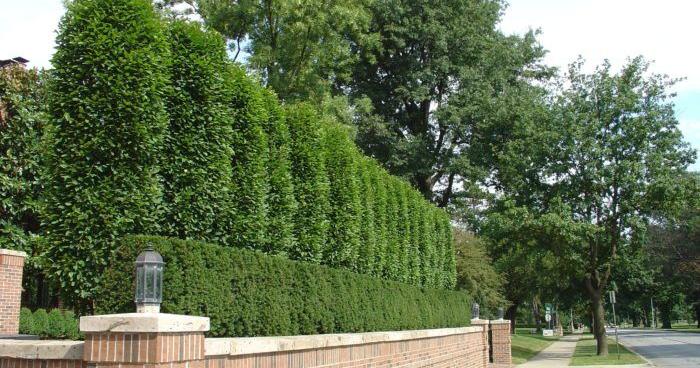
Landscaping tips and best practices for a low-maintenance lawn

Photo courtesy of Frisella Landscape Group
As spring arrives, many homeowners are undoubtedly looking for ways to transform the state of their landscaping. From design and foundation to everything in between, this guide can teach you how to use evergreen trees and plants that provide foliage year-round to create the perfect low-maintenance lawn.
Three questions to ask yourself before you begin
Every living thing requires a certain degree of sustenance and nurturing, which is why “maintenance-free” landscapes aren’t entirely realistic. Low-maintenance landscapes, however, are achievable with a few impactful, long-lasting steps. Tony Frisella Jr., president of Frisella Landscape Group, lists three important questions to consider when designing your low-maintenance landscape:
- Am I choosing plant material that grows well in Missouri? Choose plant materials that grow well in Missouri plant hardiness zones 5 through 6. These USDA designations indicate how well a plant will thrive given the typical and extreme climate conditions in that area. Keep in mind that although St. Louis is in zone 6, harsher zone 5 winters can cause some plant material to burn and die. As you get closer to downtown St. Louis, zone 6 plants are typically safe – but it’s still important to research the hardiness zone of the plant material you’re selecting.
- Have I incorporated evergreens into my landscape? Evergreen trees and shrubs are hardy and low-maintenance. “Some options for low-maintenance evergreens include cypress, arborvitae, spruce and junipers,” Frisella says. “Evergreens come in all different sizes, colors and shapes, so there are many options to choose from.”
- Is there year-long interest? Incorporate a variety of plants in your landscape that are bred or cultivated for the features you want. “Missouri natives are colorful and interesting, but remember that being native does not always mean low maintenance,” Frisella says. “Native plants might require less irrigation and fertilizer, but for landscapes surrounding a home or building they can create as much, if not more, debris removal in the spring and fall cleanup.”
People are also reading…

Photo courtesy of Frisella Landscape Group
Frisella encourages homeowners to think of the big-picture when beginning their landscaping journey. Expect that trees and plants may need maintenance and care for two or three years before they’re fully established in the landscape. After that, however, most plants become low-maintenance and only require pruning once or twice a year.
The environmental impact of landscape maintenance
Landscape maintenance requires more than just selecting plants that establish easily. Site conditions, sun and shade impact, wind, drainage, water flow and soil assessment all factor into landscape design and upkeep.
“We can find the best fit where plants will be the happiest,” Frisella says. “Once we know our landscape will be functional, we can incorporate beauty. We use different design compositions, layouts and principles to add harmony to the landscape.”
Trees and plants that provide year-round foliage
Trees with year-round foliage can add a distinct element to your landscape from one season to the next. For example, the magnolia grandiflora (Bracken’s Brown Beauty) is a broadleaf evergreen featuring beautiful dark green leaves that shine along with fragrant white flowers in the spring.

Photo courtesy of Frisella Landscape Group
There’s also the cedrus deodara (Karl Fuchs), which serves as a great focal point for any landscape by giving height and texture to a home. Other notable recommendations include the tsuga canadensis, a low-maintenance conifer that favors shade and touts a feather-like texture, as well as the chamaecyparis nootkatensis (Glauca Pendula) which features lacy, blue-green foliage paired with a dramatic weeping branch structure.
Other landscaping tips and best practices to know
Research is key! Make sure the plants you select fit your goal of achieving a low-maintenance landscape.
It is also important to keep an eye on your irrigation system, making sure your plants aren’t getting more or less water than needed. Many times evergreens begin to yellow and die from the inside out, which is a sign of a plant receiving too much water. If a plant is dying from the top down, this is a sign of drying out. “Don’t be afraid to get into the soil a few inches,” Frisella says. “Then you can assess the situation.”

Photo courtesy of Frisella Landscape Group
If you get stuck or need another opinion, consult a landscaping expert for input.
Frisella Landscape Group, 2214 S. Big Bend Blvd., Richmond Heights, frisellalandscapegroup.com
